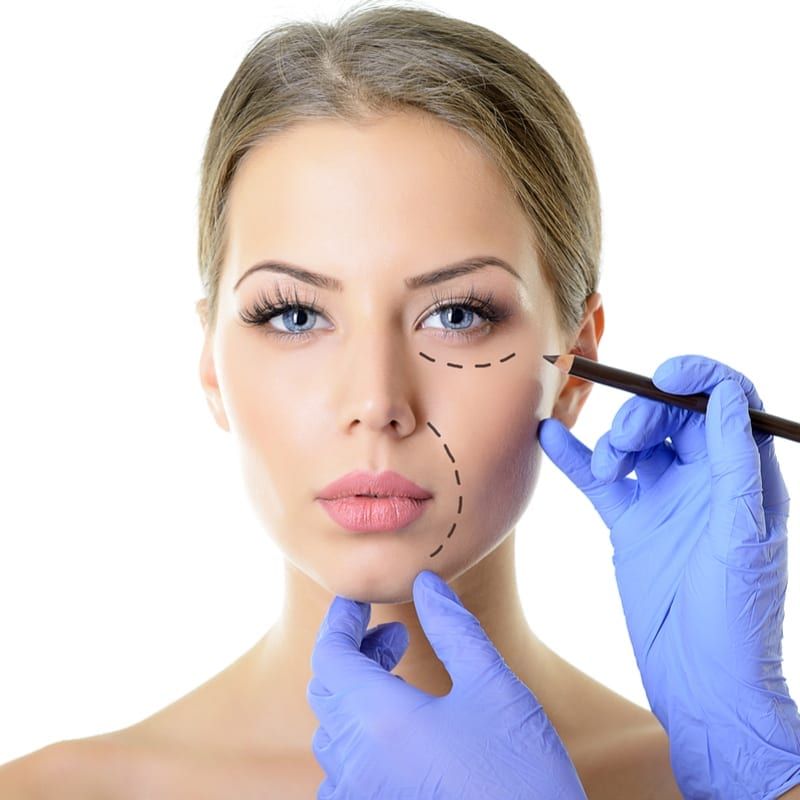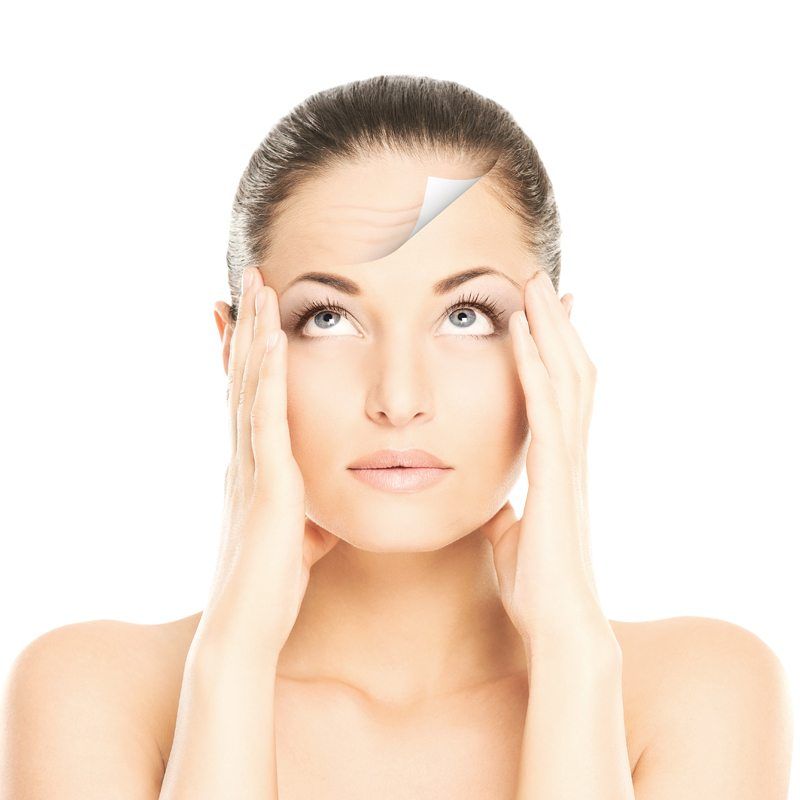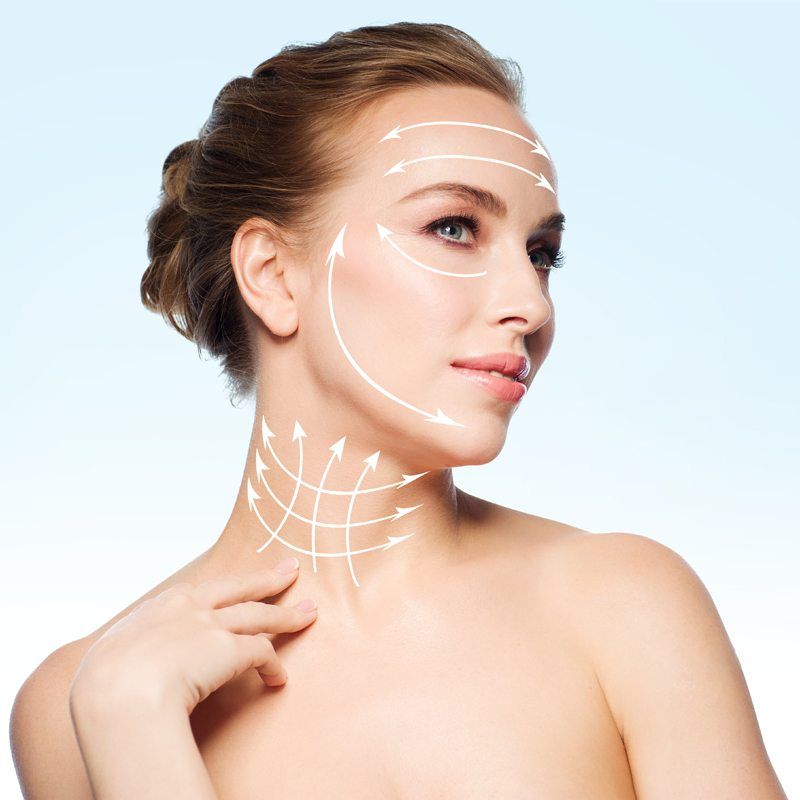The tear film on the surface of the eye is a critical component of maintaining vision. Tears nourish and lubricate the surface of the eye as well as wash away debris. A smooth, balanced tear film (consisting of water, oil and mucus) also allows light to enter the eye in an optimal fashion. If there is a disturbance of the tear film, patients will often experience tearing, burning, irritation and most importantly blurred vision. Patients who experience tearing either have a problem with tear production or tear drainage.
Increased Tear Production and Dry Eyes
The eye has two sets of structures that produce tears. Smaller tear glands help maintain a baseline level of moisture on the surface of the eye. Unfortunately, inflammatory conditions like rheumatoid arthritis, Sjogrens disease as well as aging and menopause lead to decreased tear production. As tear production diminishes, the surface of the eye starts to dry out. Further, inflammation of the oil glands along the edge of the eyelid, common in patients with roseacea, also causes early breakdown and evaporation of the tear film. The brain senses the eye is both dry and irritated and in turn signals the main tear gland to flush the eye. As a result, the dry eye paradoxically tears and becomes watery. Patients with dry eyes note intermittent tearing of the eyes during activities like reading, driving, watching TV, using a computer or going outside on a windy day. These all cause the eye to dry out because the eye blinks less during these activities. The treatment for dry eyes includes 1) replacing tears with artificial lubricants which can be bought over the counter, 2) medications like Restasis that decrease inflammation in tear glands and encourages natural tear production to resume and finally 3) plugging of the tear drain. Other causes of increased tear production exist like allergies, infections and eyelashes poking the eye. These conditions can often be found during examination.
What Are the Causes of Obstructed Tear Ducts?
An obstruction of the tear ducts may occur due to numerous reasons (aging, trauma, inflammatory conditions, medications and tumors) and cause numerous signs and symptoms ranging from wateriness or tearing to discharge, swelling, pain and infection. These signs and symptoms may result from the tear drainage system becoming obstructed at any point from the puncta to the nasal cavity.
What Are the Symptoms of Obstructed Tear Ducts?
If the tear passageways become blocked, tears cannot drain properly and may overflow from the eyelids onto the face as if you were crying. In addition to excessive tearing you may also experience blurred vision, mucous discharge, eye irritation, and painful swelling in the inner corner of the eyelids. A thorough examination by an ophthalmic plastic surgeon can determine the cause of tearing and recommended treatment
How is an Obstructed Tear Duct Treated or Repaired?
Depending on your symptoms and their severity, your specialist will suggest an appropriate course. In mild cases, a treatment of warm compresses and antibiotics may be recommended. In more severe cases, surgical intervention to bypass the tear duct obstruction (dacryocystorhinostomy or DCR surgery) may be recommended. A DCR is performed by creating a new tear passageway from the lacrimal sac to the nose, bypassing the obstruction. A small silicone tube called a stent may temporarily be placed in the new passageway to keep it open during the healing process. In a small percentage of cases, the obstruction is between the puncta and the lacrimal sac. In these cases, in addition to the DCR procedure, the surgeon will insert a tiny artificial tear drain called a Jones Tube. A Jones Tube is made of Pyrex glass and allows tears to drain directly from the eye to the lacrimal sac.
Where Is The Surgery Performed?
DCR surgery is usually performed as an outpatient procedure. Patients usually have some bruising and swelling on the side of the nose that subsides in one to two weeks. In general, surgery has a greater than 90% success rate and most patients experience a resolution of their tearing and discharge problems once surgery and recovery are completed.
Who Should Perform DCR Surgery?
When choosing a surgeon to perform a dacryocystorhinostomy or DCR, look for an ophthalmic plastic reconstructive and cosmetic surgeon who specializes in the eyelids, orbit, and tear drain system. It’s also important that he or she is a member of the American Society of Ophthalmic Plastic and Reconstructive Surgery (ASOPRS). This indicates your surgeon is not only a board certified ophthalmologist who knows the anatomy and structure of the eyelids and orbit, but also has had extensive training in ophthalmic plastic reconstructive and cosmetic surgery.







